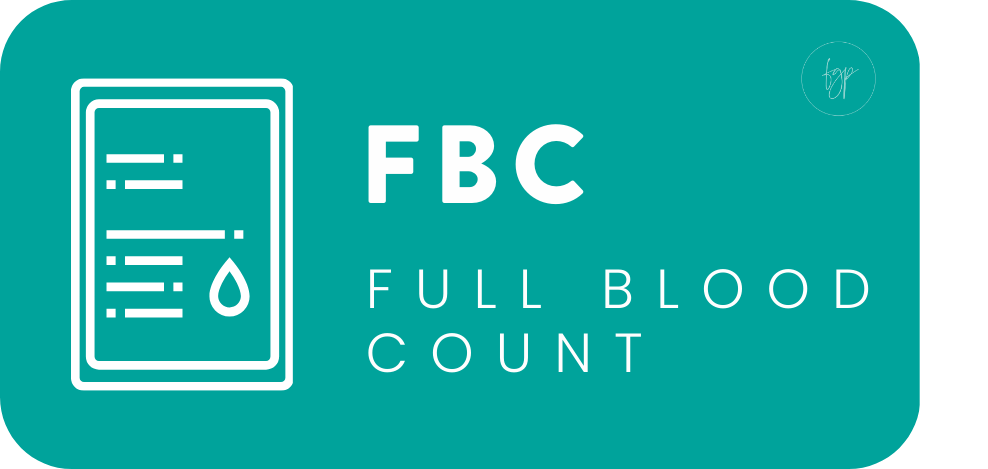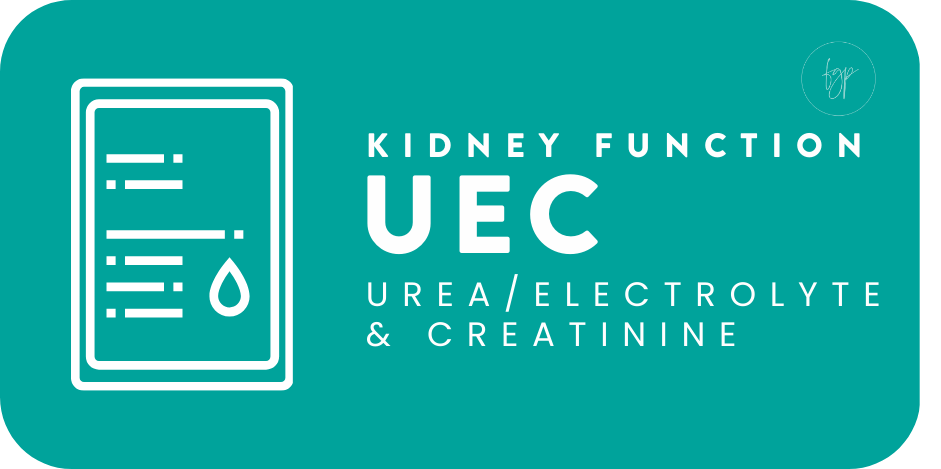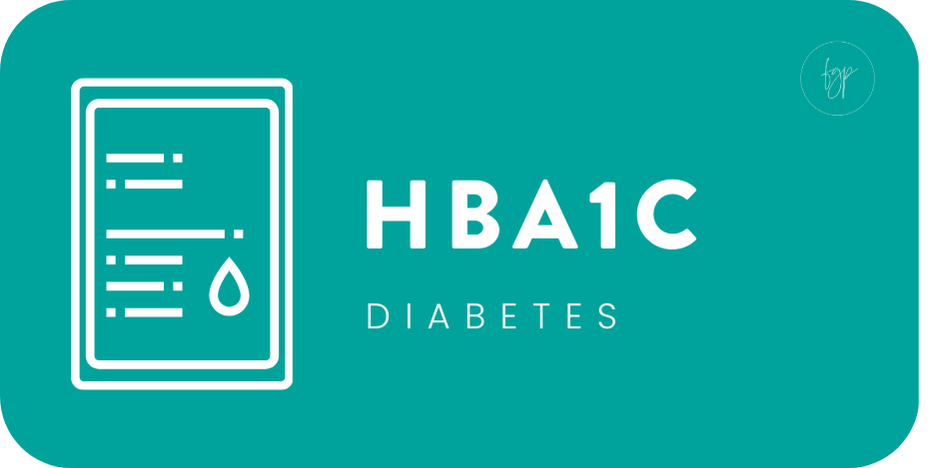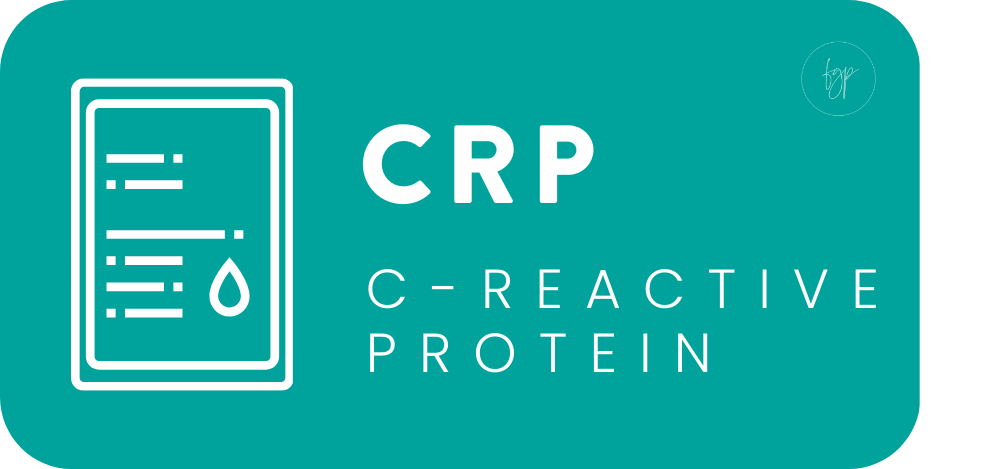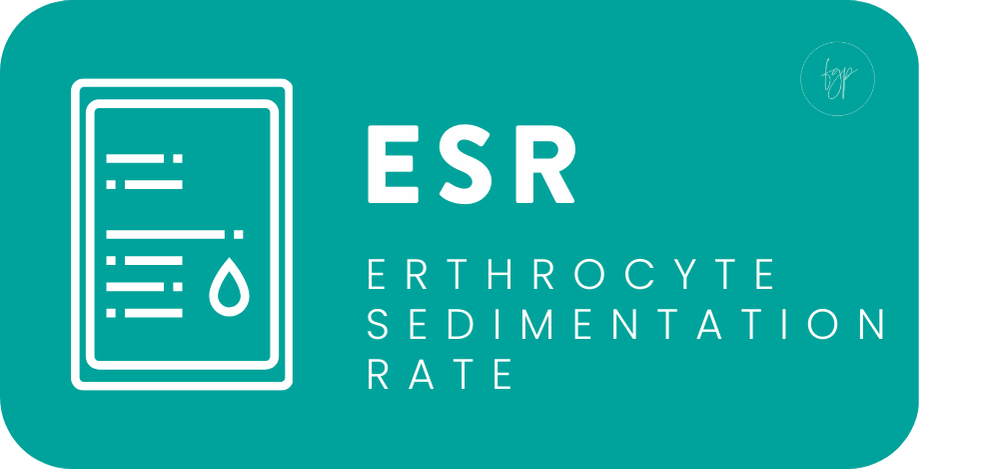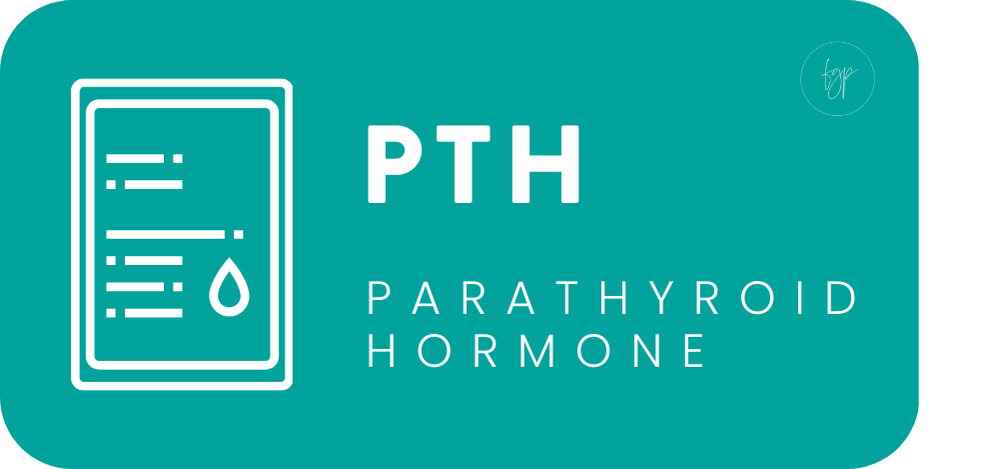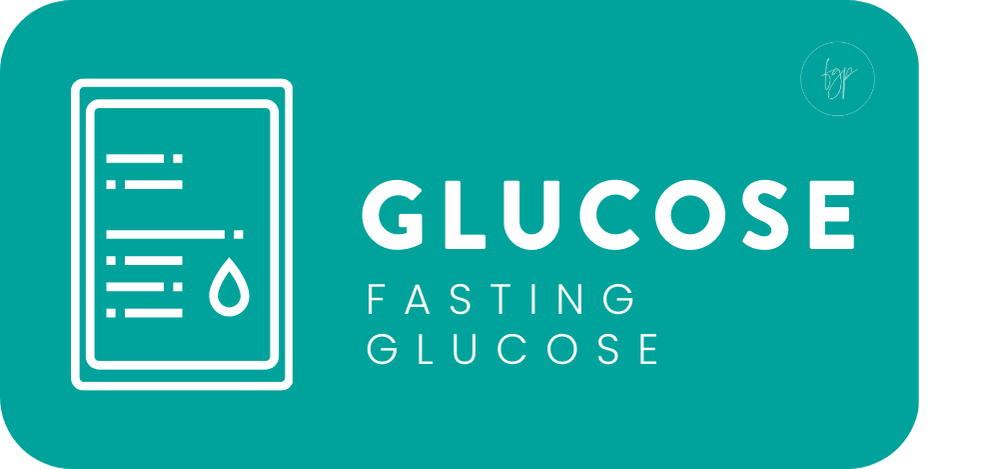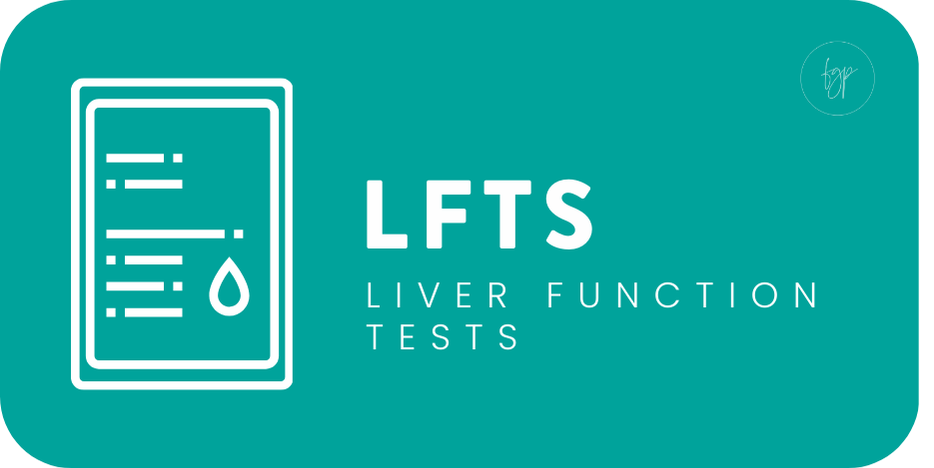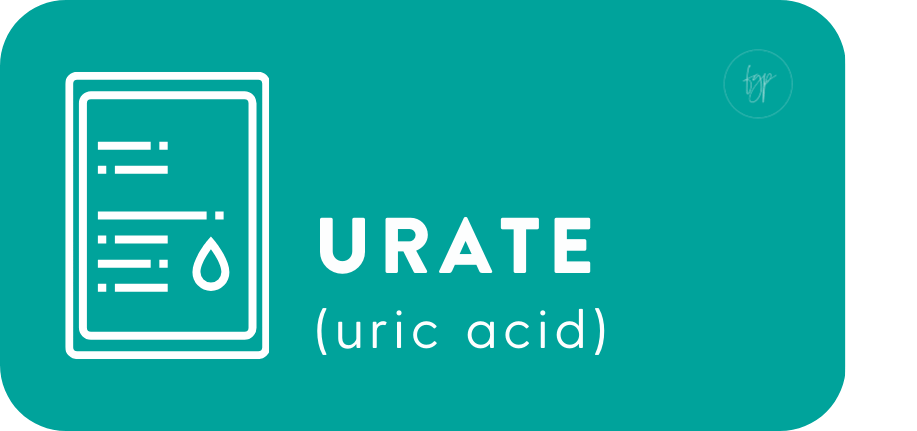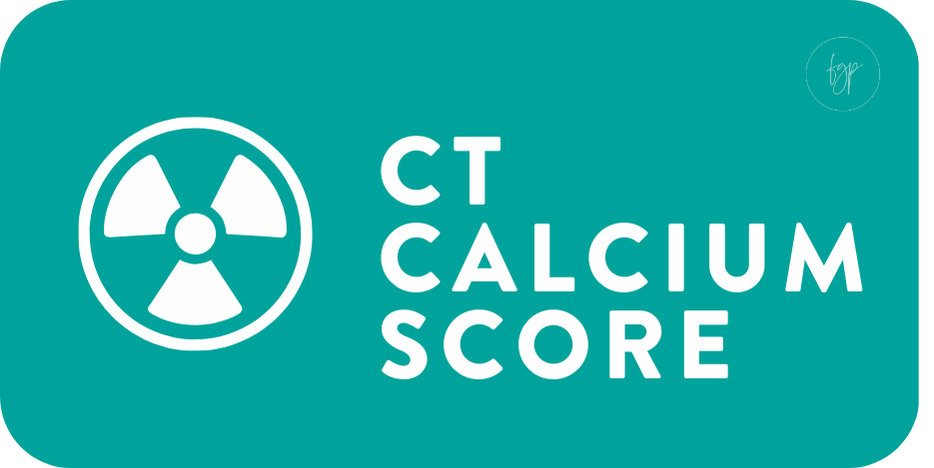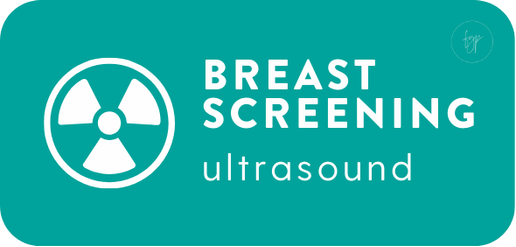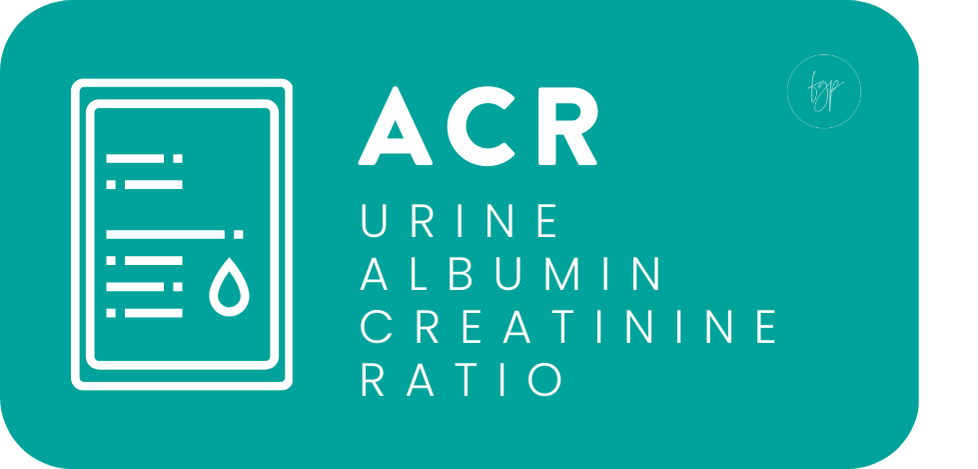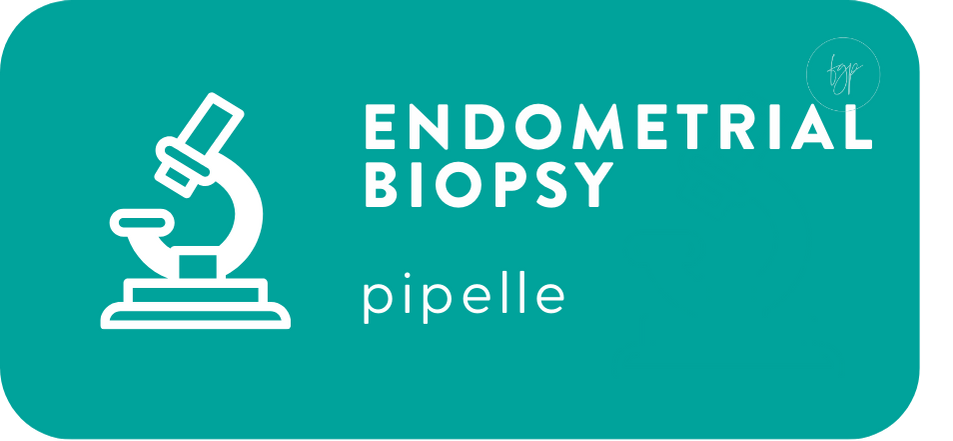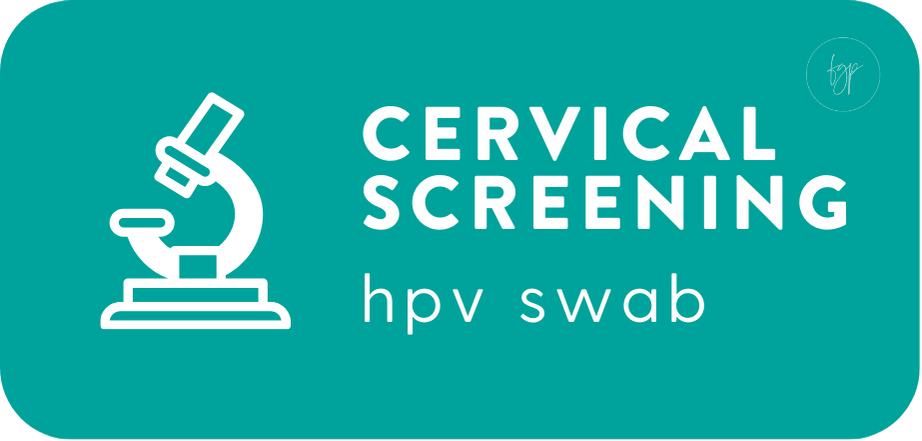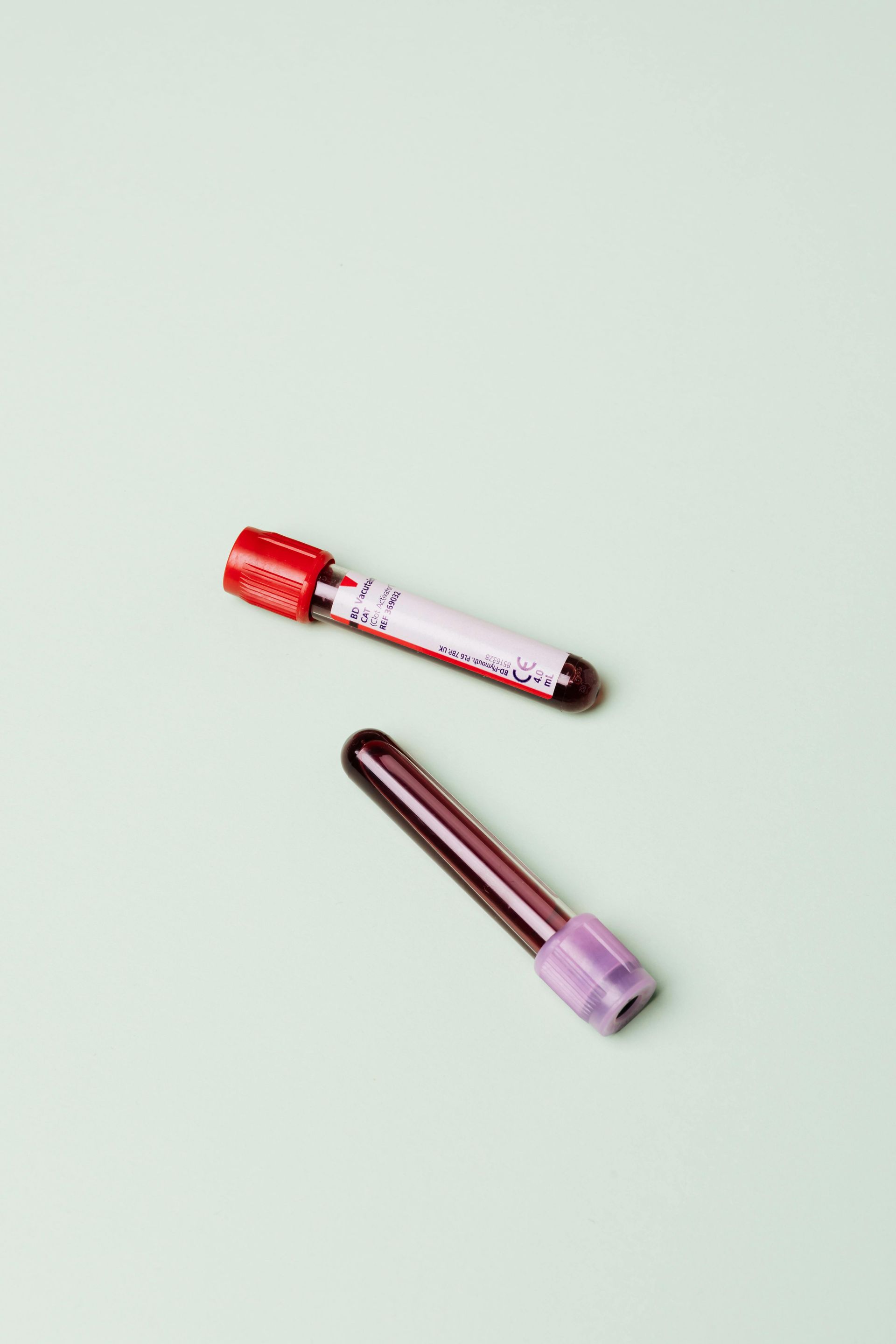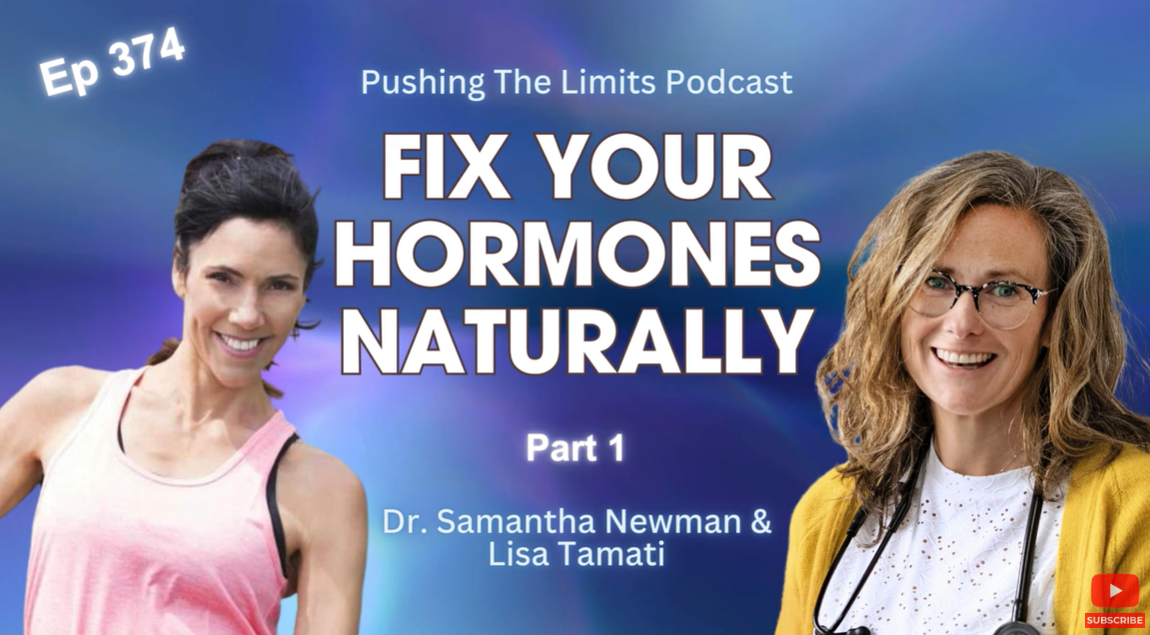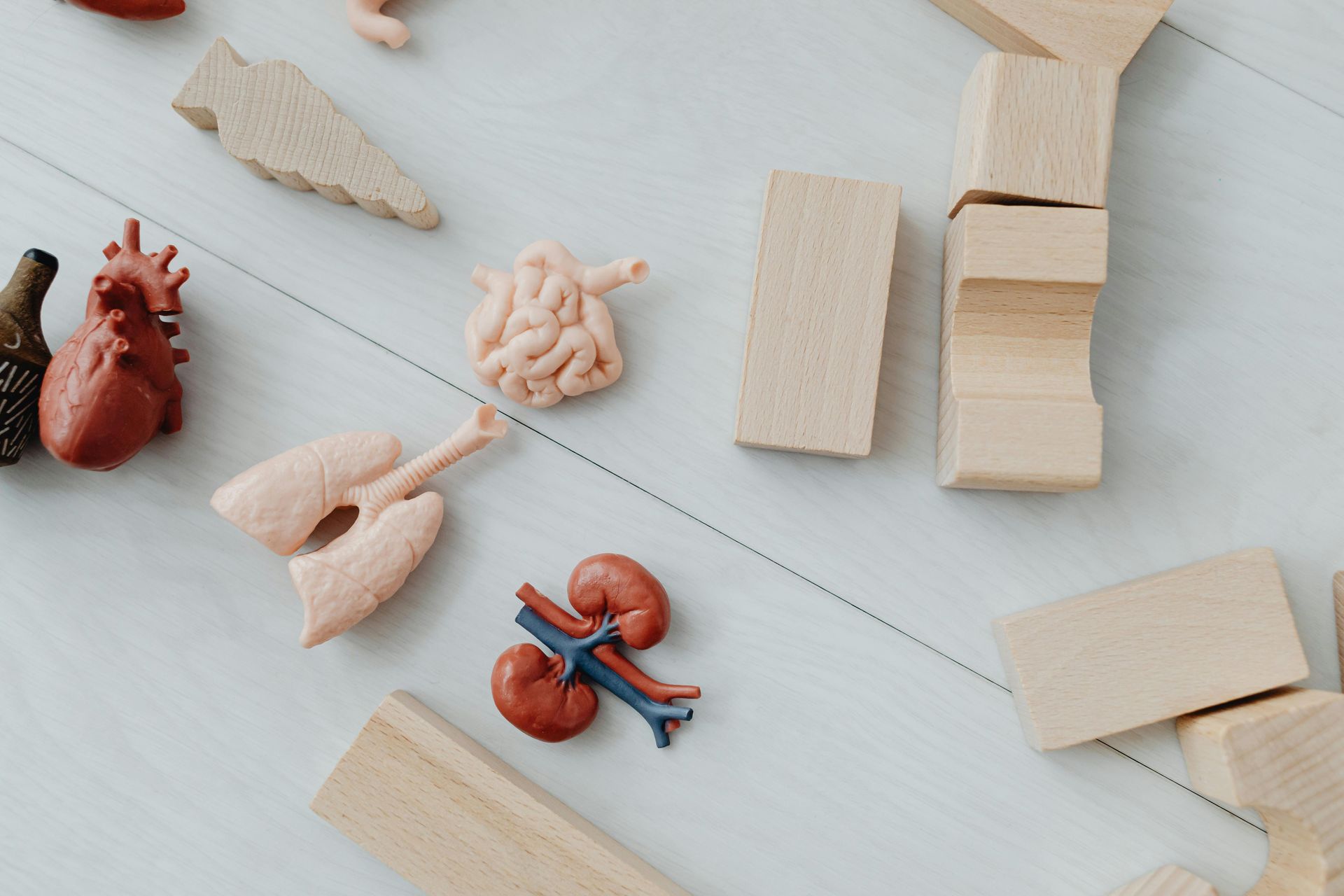Investigations
Investigations—including blood tests, imaging studies, microscopy, and histology—are all crucial. This will aim to describe the tests performed, their purpose, and their relevance to you. Remember, this is still general advice—it's essential to consult your doctor.
Understanding Blood Test Trends
"When patients understand their test results, they are more likely to take an active role in their health and follow medical advice." (1)
"Unexplained abnormal results can cause unnecessary worry. Clear communication between clinicians and patients is essential to avoid distress and misinterpretation." (2)
(1) Therapeutic patient education: an introductory guide. Copenhagen: WHO Regional Office for Europe; 2023. Licence: CC BY-NC-SA 3.0 IGO.
(2) Dahm MR, Cattanach W, Williams M, Basseal JM, Gleason K, Crock C. Communication of Diagnostic Uncertainty in Primary Care and Its Impact on Patient Experience: an Integrative Systematic Review. J Gen Intern Med. 2023 Feb;38(3):738-754. doi: 10.1007/s11606-022-07768-y. Epub 2022 Sep 20. PMID: 36127538; PMCID: PMC9971421.
01
Grasping the rationale behind a test and its significance for you.
02
Breast, USS, DEXA – are these tests right for you? And what do the results signify?
03
It can be challenging to grasp. Urine culture, cytology, histology, smears—what do these terms mean and why are they important?
Blood tests
If I don't have periods, how do I know if I am in menopause?
Testing Estrogen in perimenopause (and menopause)
Hormone changes in the menstrual cycle
🧬 Understanding FSH, LH, Estrogen & Progesterone Across Perimenopause and Menopause
Hormone levels help paint a picture — but it’s not a single snapshot. It’s more like tracking a stormy weather pattern.
What does estradiol do?
Estrogen is a key hormone that supports brain, bone, heart, skin, and vaginal health — but it also powerfully affects how we feel. It helps regulate mood, energy, memory, and sleep, and boosts levels of serotonin and dopamine (the brain’s feel-good and motivation chemicals). When estrogen levels are steady, many people feel more emotionally balanced, clear-headed, and energetic. But when it fluctuates or drops — like in perimenopause — it can trigger mood swings, low motivation, anxiety, poor sleep, and brain fog. Estrogen isn't just about reproduction — it’s a whole-body, whole-self hormone.
Bloods in perimenopause
🌪 Perimenopause (the transition phase):
FSH & LH: Can be low, normal, or high — they fluctuate a lot.
Estrogen (E): Also fluctuates wildly — can be low one day, high the next.
It’s still being produced by the ovaries — but not consistently.
Progesterone (P): Usually low or absent, especially in later perimenopause, because ovulation becomes infrequent or stops.
Bleeding: May be irregular, heavy, light, or absent (especially with Mirena or after hysterectomy).
➤ If FSH and LH are high, and estrogen is still high, you're still cycling sporadically — that’s late perimenopause, not menopause.
Bloods in menopause
🛑 Menopause (when ovaries retire):
FSH & LH: Stay consistently high — your brain keeps signalling, but the ovaries no longer respond.
Estrogen: Falls and stays low, because the ovaries no longer make much.
Progesterone: Also remains low, as ovulation has ceased.
No periods: Defined as 12 months without a natural period (which we can’t track if Mirena or hysterectomy is present, so we rely on other signs).
Some examples
🧩 So what does it mean when…
✅ High FSH/LH + Some Estrogen?
👉 Likely late perimenopause. Your brain is signalling strongly, but your ovaries still fire intermittently.
✅ High FSH/LH + no Estrogen?
👉 Could be menopause, or late perimenopause. Especially likely menopause if this pattern is stable over time.
✅ Low FSH/LH + Some Estrogen?
👉 Fits early or mid-perimenopause, when hormones fluctuate and the cycle is still (quietly) active.
✅ No Progesterone?
👉 Common across both perimenopause and menopause, since ovulation becomes rare or stops completely.
Why this matters?
About POI🧠 Why This Matters:
Diagnosing menopause under 40 is REALLY important. Because primary ovarian insufficiency leads to many negative health consequences and hormone therapy is recommended. Menopause under 45 also has some health risks, and is called early menopause. HRT is recommended here too.
But as you can see...
Hormone testing can help, but it's not definitive, especially if you're not bleeding (e.g., due to Mirena or hysterectomy). We interpret bloods in context — with:
- Your age and symptom pattern
- Whether hormone levels are stable or fluctuating
- How you respond to treatment or support
Imaging
Pathology tests
Learn More
How does FemaleGP Clinic operate? We take great pride in our Art of Medicine and are eager to share our approach with clients through this website, our courses, and our educational sessions.





